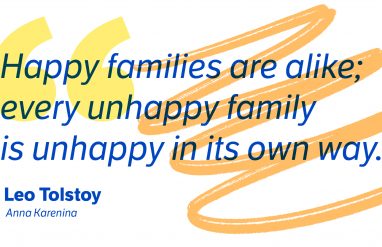The language of love
Ah, love, l’amour, Liebe, ahava …
It’s one of the most important human emotions. And for every way we feel love, there’s a word or phrase that tries to express it. We say “tries” because there’s a reason love has inspired countless works of art—from poetry to oil paintings to rap songs. It’s really hard to describe.
Maybe that’s why we humble humans have come up with so much colorful language to express the way we feel. Every culture (or sub-culture) has its own loving expressions, nicknames, and codes. We’ve rounded up a few that we find particularly pleasing.
Read on to learn some creative ways to show the people in your life you care about them. ❤️

























